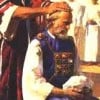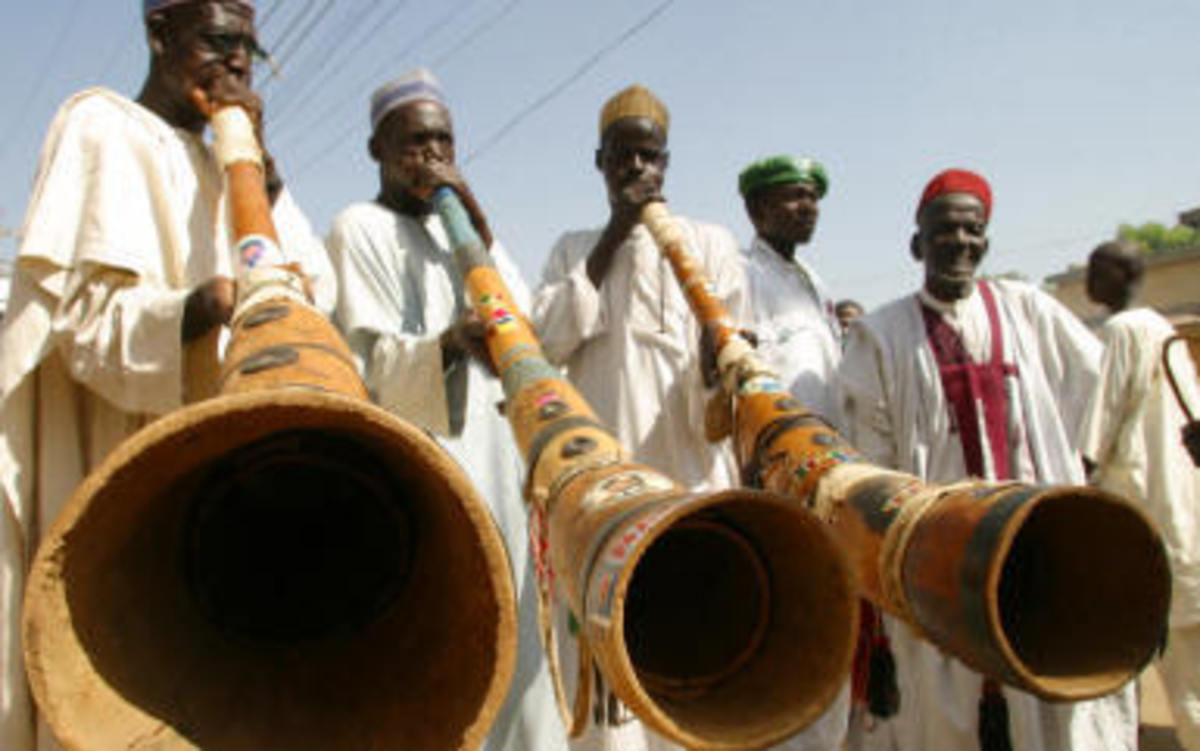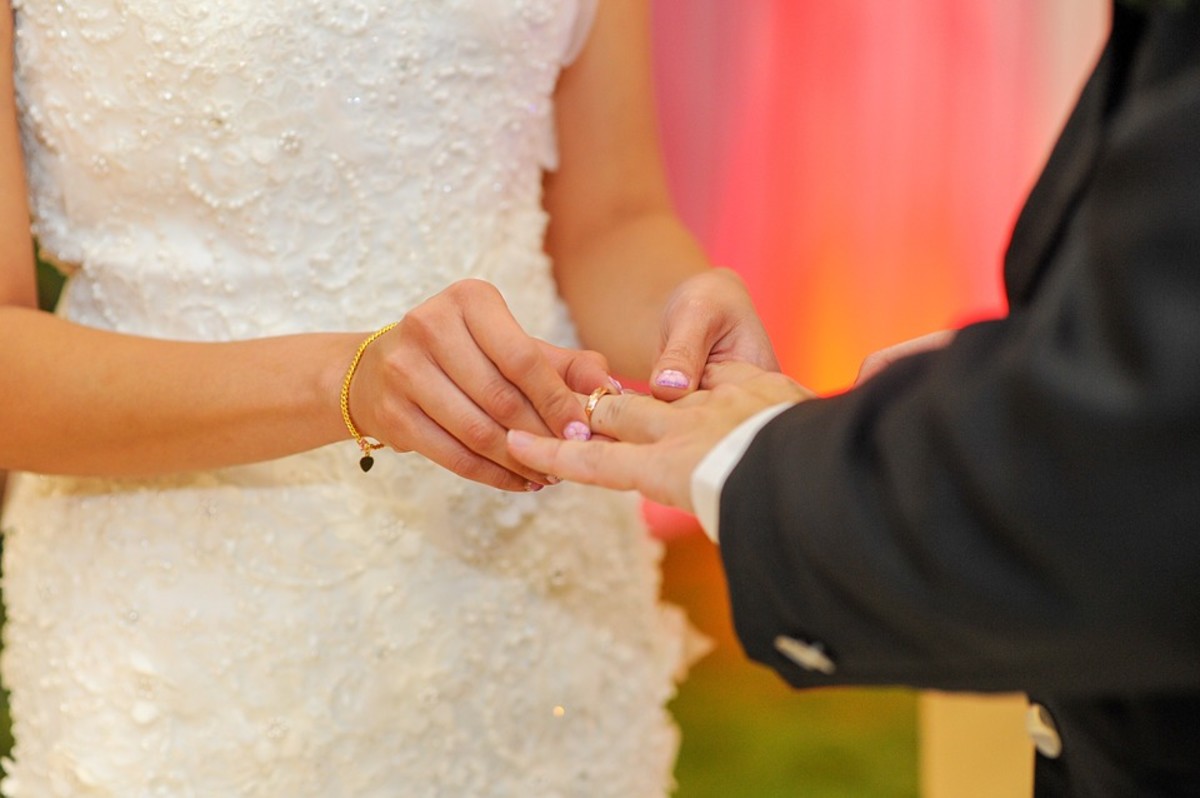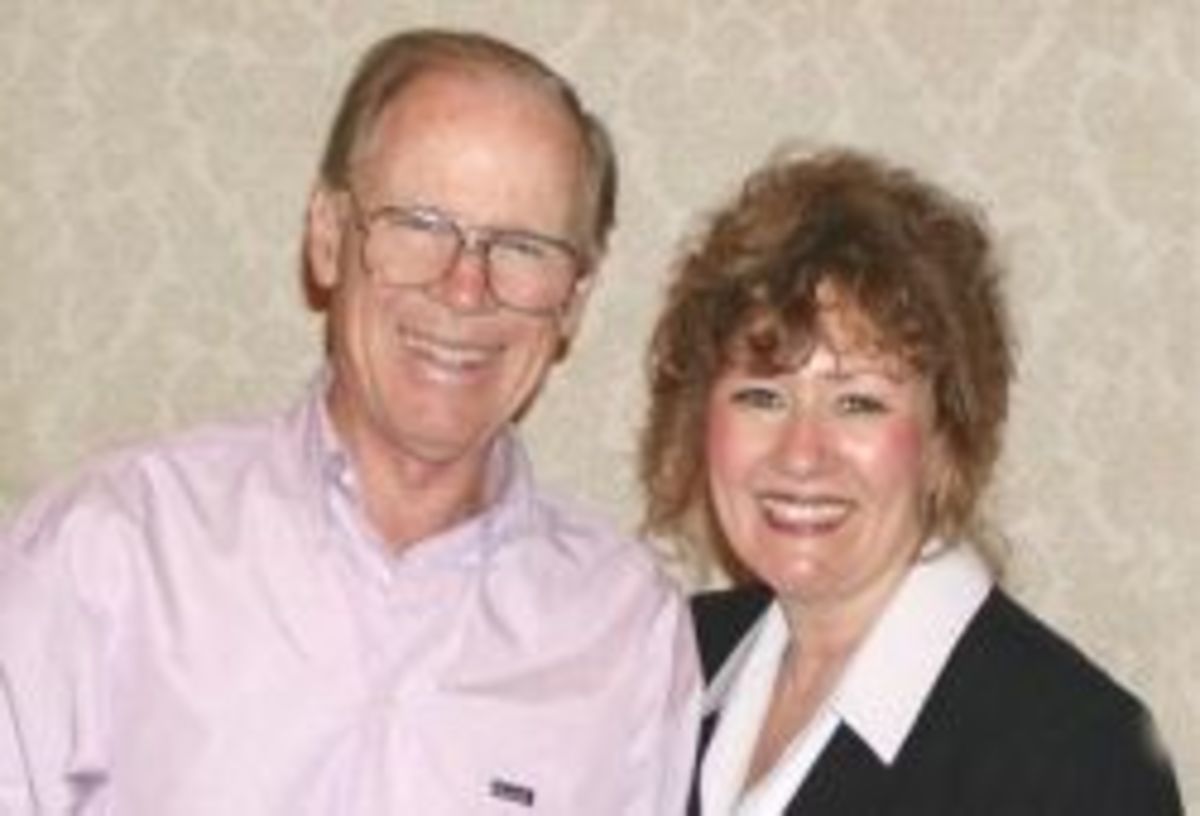Why Karaism: The Marriage Ceremony
Probably one of the most traditional and beautiful customs amongst Karaites is the marriage. Long before the actual ceremony, the traditions come to the forefront as future groom and bride prepare for the wedding. Before any announcement, the two families will come together and the dowry will be negotiated. By tradition the dowry could be as large or as small as the two families decided but whatever the endowment it must include the following items; a Persian carpet, copper pots and pans and a heavy copper mortar. Of course the items could vary, stainless steel instead of copper, but essentially these three items met the requirement of a warm home, good food, and the bread of life. When my wife and I married, probably the most cherished item we brought into our household was our Persian carpet. All these years later and I still can't help admiring the handiwork. According to the story, it had actually been ordered by the Shah of Iran. Within the intricate design are ayatollahs hiding behind columns and vases, leering out at all that dare to tred upon the depiction of palacial scenery. I had been told that the Shah wanted a carpet that made a statement, of how he could wipe his feet upon the ayatollah. As history has proven, that was not the case and the carpet was never delivered to him. Instead it ended up in our home where it does provide the warmth and comfort of its traditional values. As for the mortar, it was ceramic and although it's buried in a cupboard in the kitchen, I don't think my wife would even know what to do with it if she had to use it. Grinding grain has definitely become an art of the past and I would not even dare to ask that it be revived. Ground grain comes in a bag now and its my daughter that enjoys baking bread.
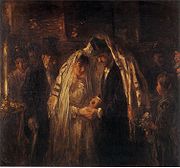
The Announcement
Once the negotiations between the two families were completed the invitations were sent out. In traditional Karaite families these were rarely in Hebrew. Most often in either the language of the land or in Arabic. Rather than hold the engagement party in a hall, or synagogue, the affair was usually held at the home of the future bride. The family did all the cooking, not caterers and it was always designed to be a wholesome meal, not a display to make the cover of Cuisine Weekly.
One week before the actual wedding the brides family would hold a trousseau party, where they would put on display all of the future bride's gifts to the new home. Linens, covers, blankets, towels and drapes, all usually hand made and intricately designed, a display of the bride's own handiwork. The meal served usually consisted of fried fish as the food of choice and this was served with a variety of breads. Simplicity was the theme, far different from the one upmanship that seems to be the nature and theme of bridal showers today. At the end of the party, the trousseau would be delivered to the new home or the groom's parent's home. Very often this delivery was accompanied by pomp and ceremony in the form of a parade with gaiety, dancing and music.
The Wedding
The defining moment of any religion is the wedding ceremony. For every sect, culture, or ethnic group the wedding ceremony is distinct and unique. The traditional ceremony amongst Karaites is no different. In eastern Europe and probably most other Karaite Communities there was no wedding hall. Synagogues servicing the communities weren't the large and elaborate structures they are now. They were houses of prayer, not dining halls and certainly not places for dancing and celebration. For the purpose of a wedding community centres, town halls and even a tent had to do. The groom would arrive first, ensure that everything was alright and await his bride who would arrive much later accompanied by her entourage consisting of family, friends, and bridesmaids. Unlike the Rabbanite weddings, the bride was not hidden away but put on public display, often arriving in an open carriage just like a queen, for on this day she was royalty.
The Hacham (leader of the community) would conduct the ceremony beginning with the oath of the Covenant taken on Mount Sinai, the groom would repeat. Then the Laws of Mount Horeb would be recited and once again the groom would repeat these. Then the father or brother of the groom would read out load the Ketubah or marriage document. First in Hebrew then in Arabic. Unlike the Rabbanite weedings the ketubah was not in Aramaic. The bride on the left and the groom to the right would stand up and a single talit (prayer shawl) would be placed over their heads. The talit was a gift from the bride to her future husband, the union beneath it signifiying the household she would provide to her future family. Accepting this union, the groom would place the wedding ring upon his bride's finger and recite "Ani ledodi l'oylum va-ed". "I am my beloved's forever." This would be followed by the seven blessing recited by the Hacham. As he says the blessing over the wine, he then sips it, handing the silver goblet to the groom to sip and then the bride. This is followed by a blessing for the newly wedded couple, followed by lowering the talit to their shoulders so that their heads were bared. Even though this is a happy time, the Hacham would say, "They left, those that escaped from the sword," and then, "Do not let me forget thee Jerusalem." It was a reminder that even at this happy occasion we are still exiles living in a foreign land. Another blessing for the bride and groom and then one for all the guests. As the now wed couple stepped away from the Hacham, the guests would break out into song and shouts of joy. No breaking the glass, this was a time of building, uniting, and strengthening, not destroying.
The following morning after the wedding, women would be sent in to the newlywed's house. They had a specific mission they had to conduct in order for the wedding to written into the Religious Court's registration book. They had to bear witness that the marriage had been consumated. In all there had to be ten witnesses to attest to this fact. Let us remember the times past and celebrate the future. As a people let us take joy in the traditions of our past but more so let us celebrate our future.
